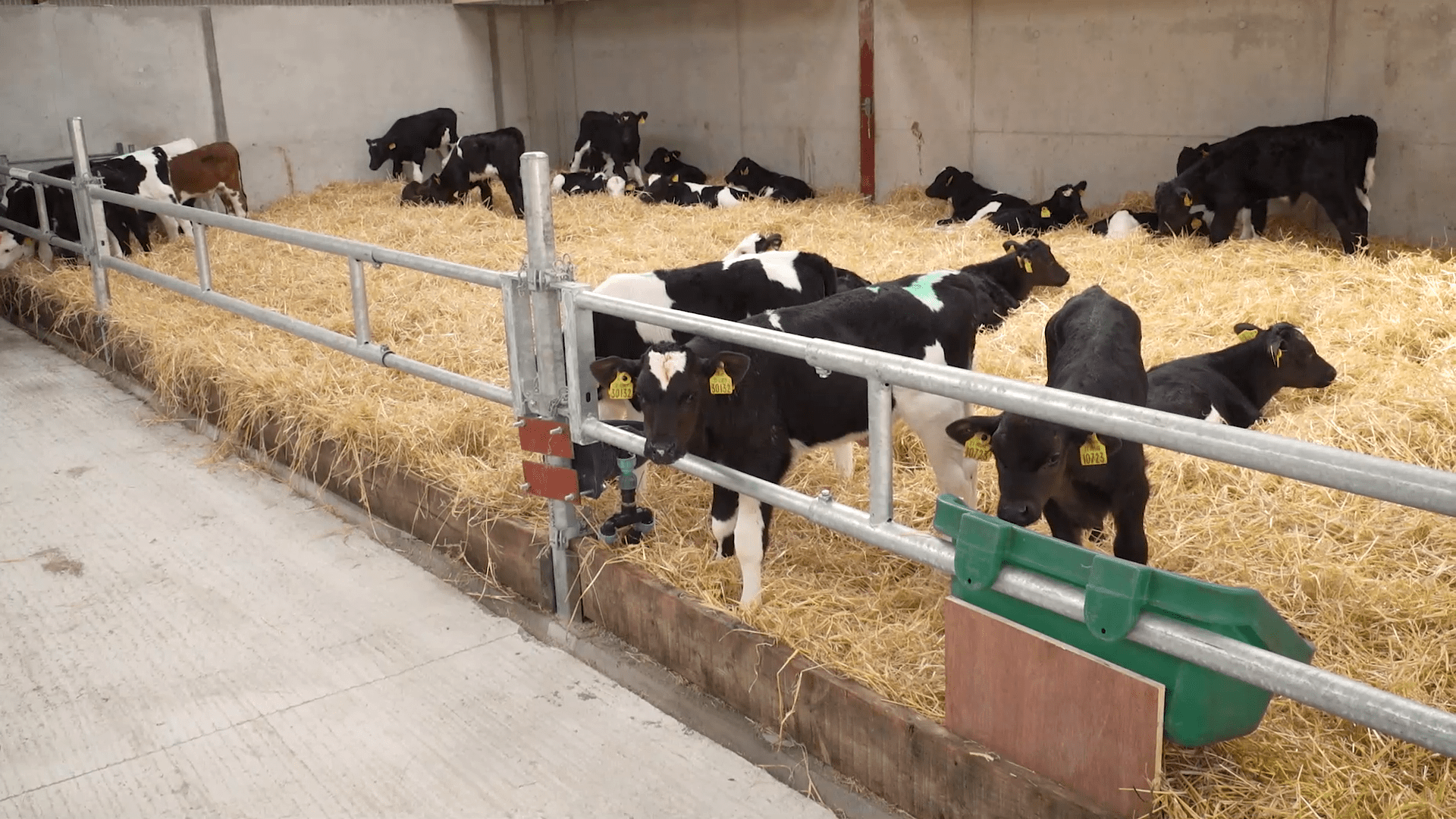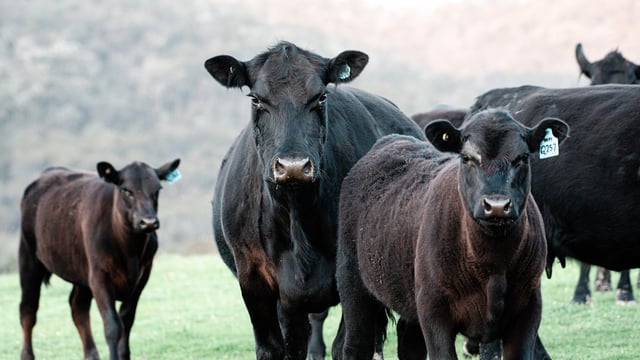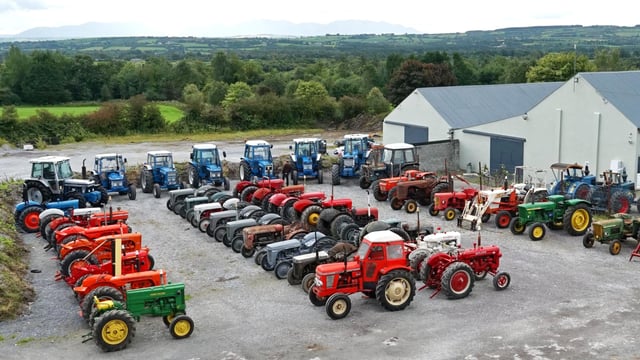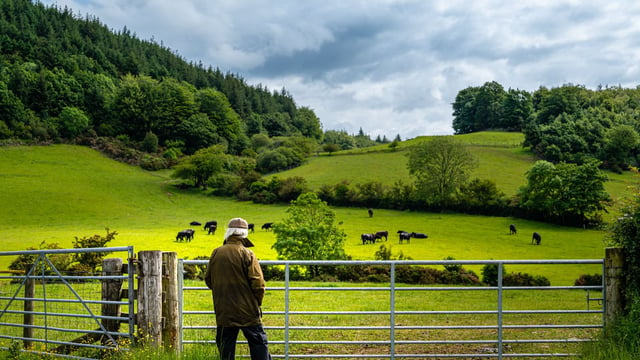Are your calf facilities optimal for space, health and hygiene?
As we enter into the autumn months, now is a good time to analyse your calf facilities.
After second-cut silage and the breeding season, it is often a popular time for farmers to start digging, laying concrete, and erecting steel for new sheds before the winter months.
When we think of erecting sheds, we think of facilitating more cubicles, feed space, or to improve cow flow when in reality, the biggest time-saver in the spring stems from having an efficient, accessible, airy, and hygienic calf shed.
Farmers should ask themselves whether they need to spend money on their calf shed or invest in building a new shed to improve labour efficiency in the spring.
A Teagasc Moorepark study investigated the peak workload of a seasonal milk production system and found that 19.2 hours/cow were required between the months of February and June on dairy farms.
The average herd size of these farms was 137 cows, and calf care in February and March accounted for 21% of the total work time.
Judging by the amount of time calf rearing takes up, investing in facilities or technologies that improves the efficiency of the calf rearing process will reduce the labour demand drastically.
The Teagasc study noted that 17 farms had made substantial changes in their calf rearing facilities and, despite having 26 more cows on average in 2021 vs 2019, calf input labour was reduced by 5% and calf care efficiency improved by 16%.
On the other hand, 40 farms had made no changes and their herd size increased by 11 cows on average. Here, calf care labour input increased by 11% and calf care labour efficiency declined by 2%.
If you are considering updating your existing calf shed or putting in a new one altogether, there are a number of factors that have to be considered to ensure your investment is worthwhile.
Starting with space allowance, there must be 1.8m2 allowed per calf. A standard sized pen of 4.8m x 4.8m = 23m2 is enough for 12 calves.
Having sufficient space for calves will likely reduce the need for veterinary intervention and time spent treating sick calves, as having an airy shed that is draught-free is crucial to prevent respiratory diseases such as pneumonia.
The calf facilities should be well-ventilated and free from any draughts, with a minimum of 7m3 air space per calf allowed, which is often a challenge for older farm builds.
Installing some sort of a ventilation system in these older builds might be worthwhile, whereby old stale air is being extracted in exchange for fresh air.
Calf houses should be separate from cow facilities so that the airspace is not shared with older animals, who tend to carry and transfer pathogens to young stock.
Within the facilities for the calves, there should be a solid division between the pens to minimise the risk of disease spreading.
A farmer should account for accessing the shed with straw bedding or cleaning it out with a tractor as the easier the shed is to access, the more frequently it will get cleaned out, preventing the spread of disease or scour in particular.
Adequate drainage channels of 5% slopes are important to carry away any moisture from the beds - this will keep the straw bedding dry, which will minimise disease and save on labour.
It is an investment for the long run and, with the improvements in breeding in the last couple of years, it may ease the need to sell calves so early off the farm. This in turn will allow for a bit of breathing space and time to make decisions around the calves.
If you are setting up a brand new calf shed, try and position the shed so that it has access to a paddock, that young calves could be out during the day and in by night during the spring - this will save on straw and ensure a gradual transition to grass and weaning.
It might be no harm either if at all possible to keep the replacement calves or the calves that are staying on the farm in a separate shed and the calves for selling in pens near the front of the yard so buyers can come in and pick them up with ease and without bringing new infection to those staying on the farm.
The introduction of automatic calf feeders seems to be a great time-saver on farms. If facilities are already in good order, but feeding is still taking up too much time, they are definitely something to consider.
Whatever needs to be improved in the calf shed, it should be discussed with your adviser as soon as possible as it will not be long until the days begin to get shorter and the weather turns that bit harsher, which may slow down concrete work and shed erections.






